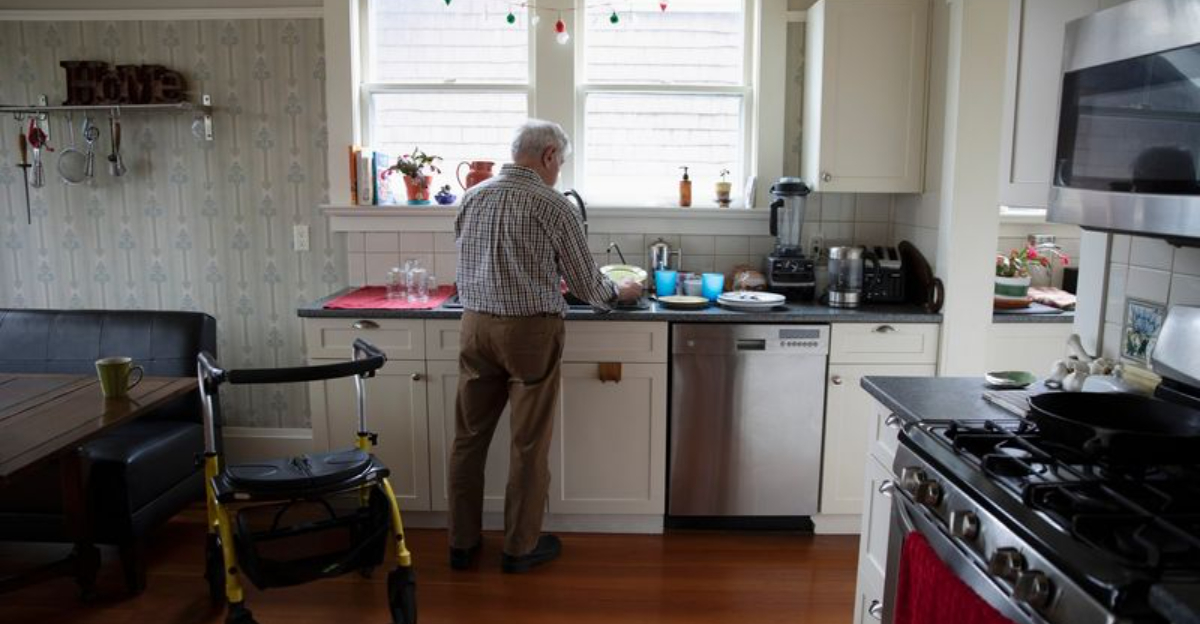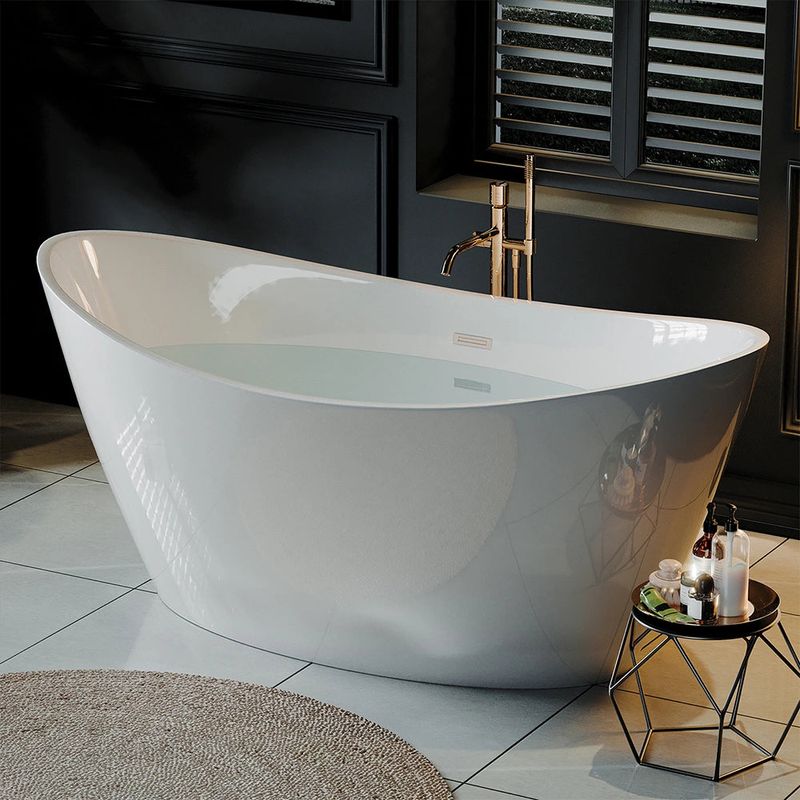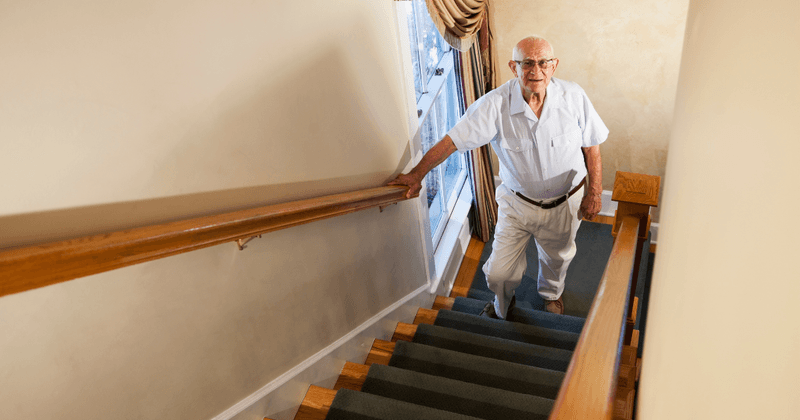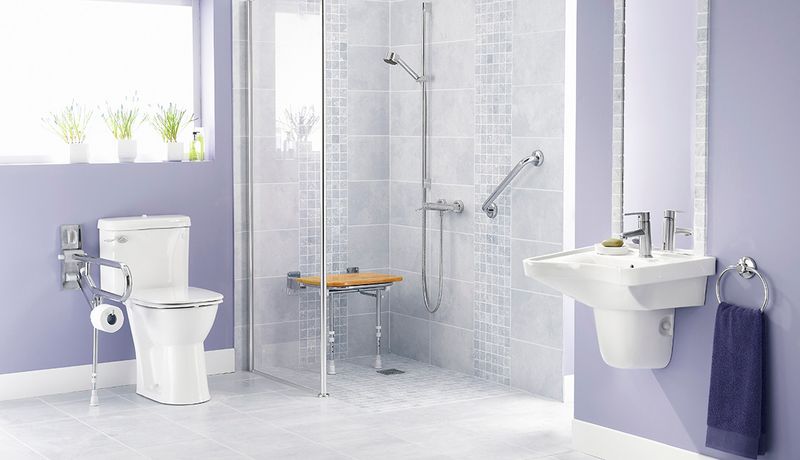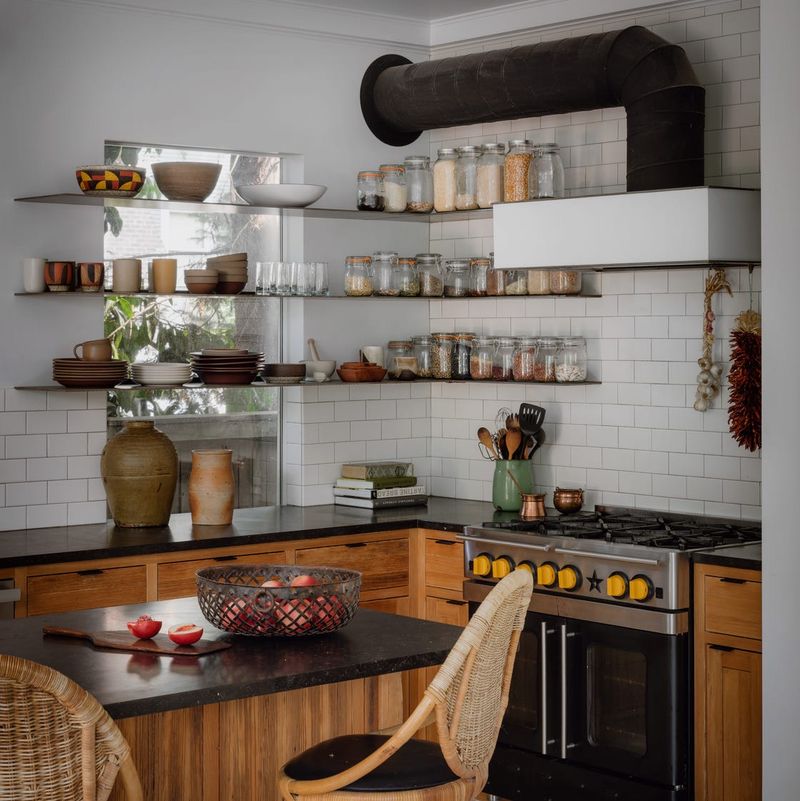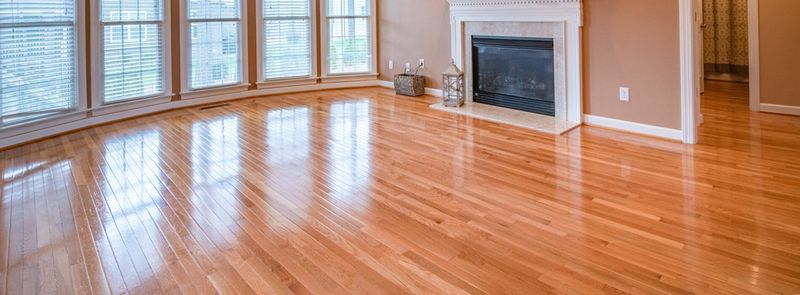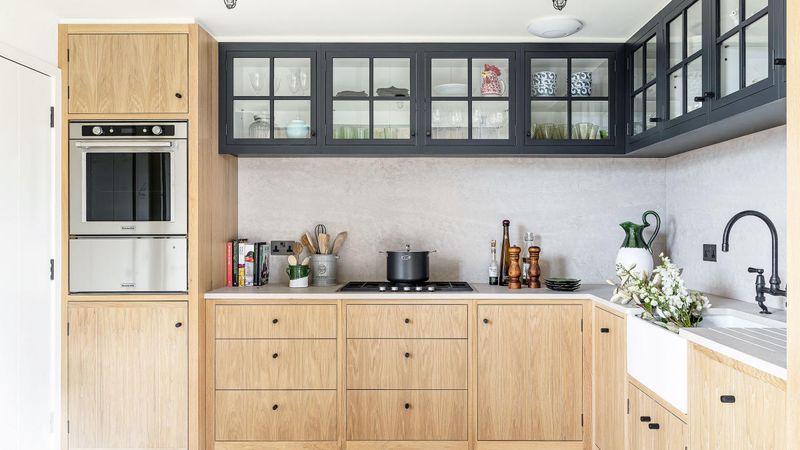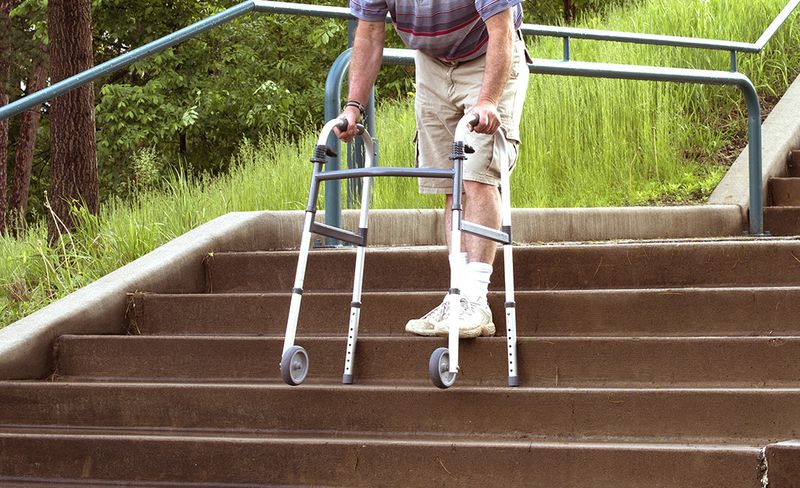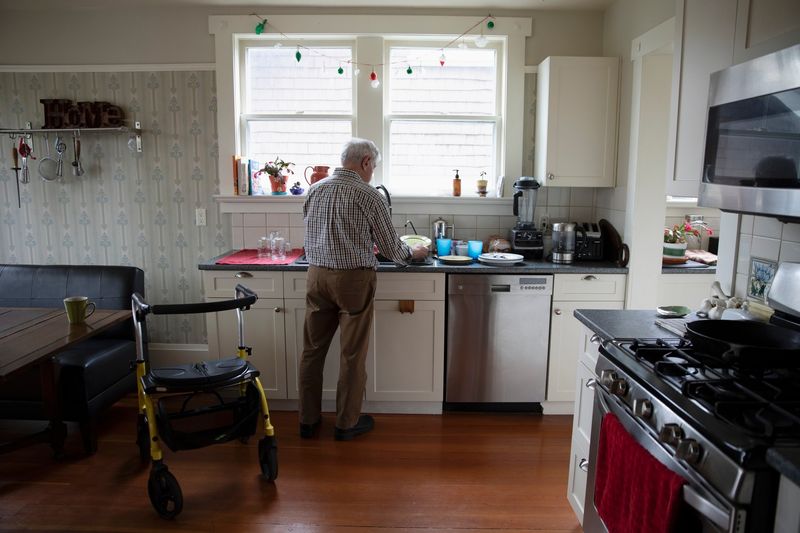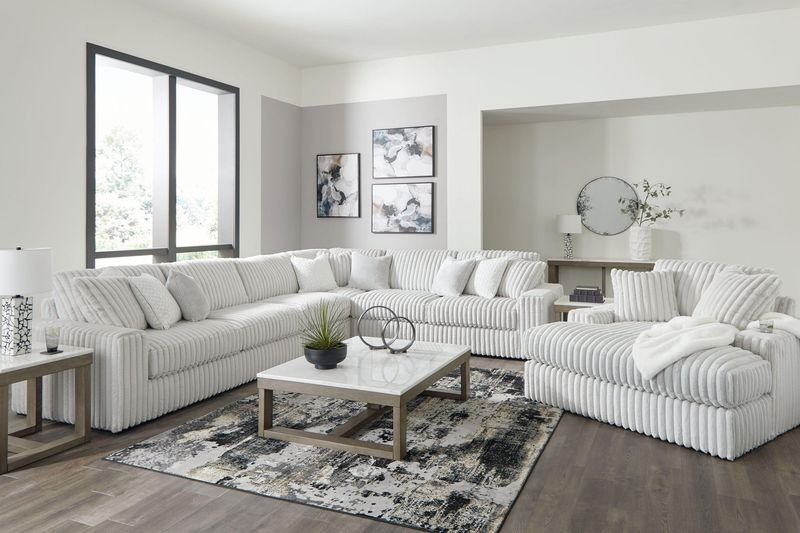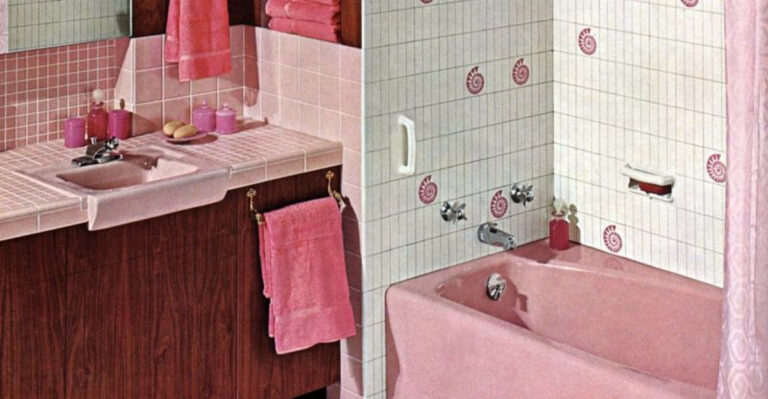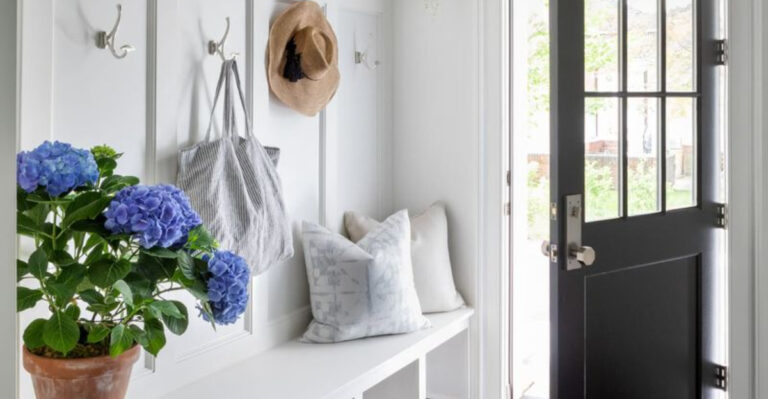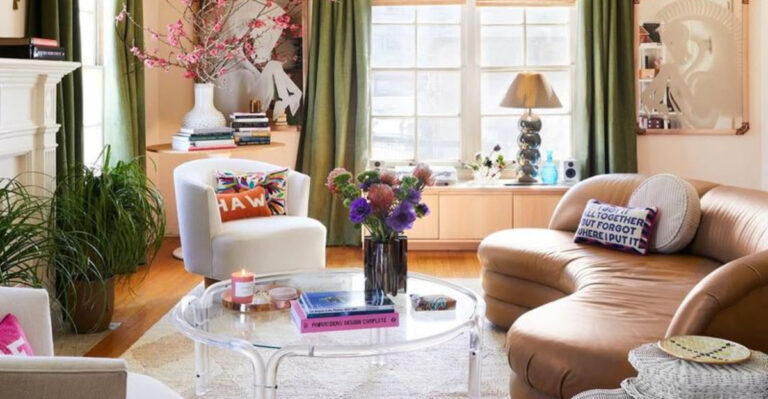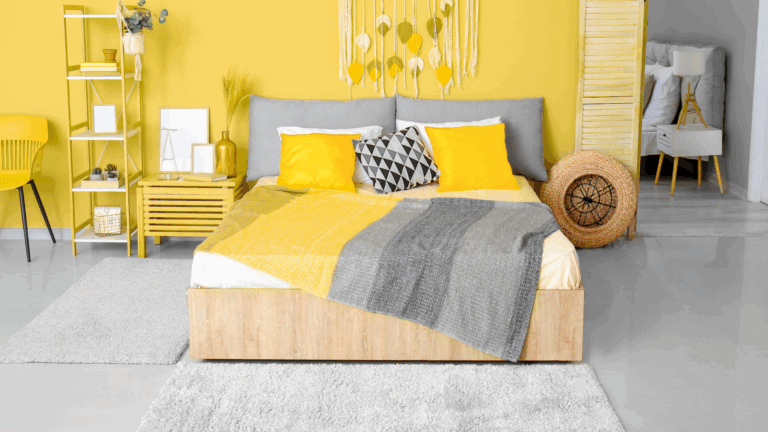15 Home Upgrades Retirees Should Never Make
Retirement should be a time of comfort and ease, not struggling with impractical home features.
As mobility and safety needs change with age, certain home upgrades that might seem stylish or trendy can actually create hazards or inconveniences for retirees.
Before investing in renovations during your golden years, consider which modifications might end up being more trouble than they’re worth.
1. Sunken Living Rooms
Those charming step-down living areas might look elegant in design magazines, but they’re basically trip hazards waiting to happen. The slight elevation change becomes increasingly difficult to navigate as mobility decreases.
Many retirees find themselves regrettably installing ramps or avoiding these spaces altogether after investing thousands.
2. Slippery Tile Flooring
Walking across gleaming marble or polished ceramic might feel luxurious until the first fall occurs. When moisture enters the equation, these surfaces transform into treacherous skating rinks for older adults.
Falls represent one of the leading causes of injury among seniors, with slick flooring being a primary culprit. Instead of creating a showcase bathroom or kitchen, retirees often end up covering beautiful tiles with unsightly rubber mats for safety’s sake.
3. Oversized Bathtubs
While that massive jetted tub might seem like the ultimate relaxation station, it quickly becomes an insurmountable obstacle. Getting in and out requires significant strength and balance that diminishes with age.
What’s worse, many retirees discover too late that filling these water-guzzlers strains both utility bills and hot water heaters.
4. High-Maintenance Landscaping
Elaborate gardens with extensive flower beds might showcase a green thumb, but they demand constant bending, kneeling, and heavy lifting. As joint pain and mobility issues increase with age, maintaining these outdoor showpieces becomes increasingly difficult.
Many retirees find themselves hiring expensive landscaping services or watching their beloved gardens deteriorate.
5. Steep Staircases
Dramatic spiral staircases or minimalist floating steps might make architectural statements, but they become mobility nightmares for aging knees and hips. Without proper handrails and consistent step heights, navigating between floors becomes increasingly hazardous.
The cost of installing stairlifts or elevators later often exceeds what would have been spent on single-level living arrangements from the start.
6. Low Toilets
Standard-height toilets become genuine challenges as joint flexibility decreases with age. Getting up from a low seat position requires significant leg strength that many seniors find diminishing over time.
Comfort-height toilets sit just a few inches higher but make a world of difference for aging bodies. Many retirees who choose standard fixtures for aesthetic reasons end up installing unsightly raised toilet seats or grab bars later, compromising the very design they hoped to preserve.
7. Trendy Open Shelving
Magazine-worthy kitchens often showcase dishes and glassware on exposed shelves, but this design choice quickly becomes impractical for older adults. Constantly climbing to reach items while balancing on step stools creates unnecessary fall risks.
Dust accumulation means frequent cleaning of both shelves and items displayed. As energy levels naturally decrease with age, maintaining this high-visibility storage system becomes an exhausting chore rather than the stylish statement it was intended to be.
8. Complicated Smart Home Systems
Futuristic home automation might seem convenient until the Wi-Fi drops or a software update changes the interface. For many retirees, complex technology creates stress rather than simplifying daily tasks.
When lighting, temperature control, and security systems require smartphone navigation or memorizing multiple commands, frustration often follows.
9. Glossy Floors
Highly polished hardwood or laminate flooring creates serious slip hazards, especially for those using walkers or canes. The reflective surfaces can also cause visual confusion for aging eyes, making depth perception more challenging.
Many retirees discover that maintaining these finishes requires constant vigilance against scratches and scuffs. The combination of increased fall risk and high maintenance makes these trendy floors particularly ill-suited for retirement living, despite their contemporary appeal in home design magazines.
10. High Cabinets
Kitchens with cabinets stretching to the ceiling maximize storage but create accessibility nightmares for seniors. Reaching overhead becomes increasingly difficult and dangerous as shoulder mobility decreases with age.
Many retirees end up storing rarely-used items in these spaces or leaving them empty altogether. The frustration of needing assistance to access everyday items undermines independence and confidence, making these seemingly practical storage solutions counterproductive for comfortable aging in place.
11. Raised Thresholds
Decorative thresholds between rooms might add architectural interest, but they create significant tripping hazards for aging feet that don’t lift as high as they once did. Even small elevation changes between flooring types become navigational challenges.
For those using mobility devices, these barriers can become impassable without assistance. Many retirees discover these seemingly minor design elements severely restrict movement throughout their homes, often necessitating expensive modifications to restore accessibility and independence.
12. Step-Up Entryways
Grand entrances with multiple steps might create impressive approaches to homes but quickly become mobility barriers. Even a few stairs without proper railings can present major challenges for aging knees and hips.
When weather conditions add ice or rain to the equation, these elevated entrances become genuinely dangerous.
13. Minimal Lighting
Atmospheric, dim lighting might set a mood, but it creates genuine hazards as vision naturally deteriorates with age. Shadows and low contrast make it difficult to detect obstacles or changes in floor levels.
Many retirees find themselves adding supplemental lighting fixtures after discovering their stylishly subtle illumination is simply inadequate for safety.
14. Small Doorways
Charming, traditional narrow doorways might preserve historical character but create nightmares for aging residents, especially if mobility devices become necessary. Standard wheelchairs and walkers often simply won’t fit through openings less than 32 inches wide.
Many retirees discover too late that their home’s character-defining features effectively trap them in certain rooms. The expense of widening doorways often proves prohibitive, forcing difficult choices between accessibility and remaining in a beloved home that no longer meets basic needs.
15. Oversized Furniture
Massive sectional sofas and king-sized beds might feel luxurious but create mobility obstacles for aging bodies. Deep, soft seating becomes increasingly difficult to rise from as leg strength diminishes.
Heavy furniture pieces also become impossible to move for cleaning or rearranging without assistance Properly scaled furniture allows for easier navigation and maintenance while still providing comfort.

